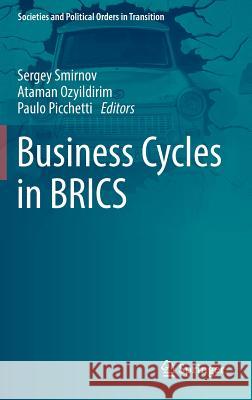Business Cycles in Brics » książka
topmenu
Business Cycles in Brics
ISBN-13: 9783319900162 / Angielski / Twarda / 2018 / 513 str.
Kategorie:
Kategorie BISAC:
Wydawca:
Springer
Seria wydawnicza:
Język:
Angielski
ISBN-13:
9783319900162
Rok wydania:
2018
Wydanie:
2019
Ilość stron:
513
Waga:
0.90 kg
Wymiary:
23.39 x 15.6 x 2.87
Oprawa:
Twarda
Wolumenów:
01
Dodatkowe informacje:
Wydanie ilustrowane











